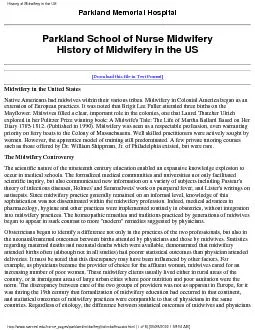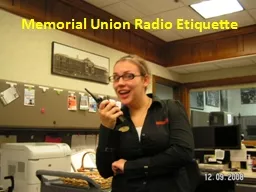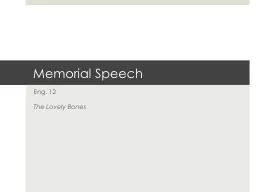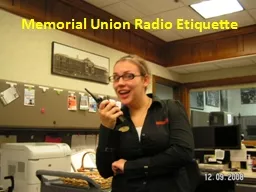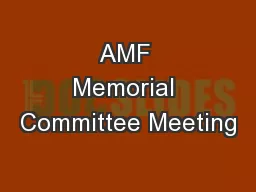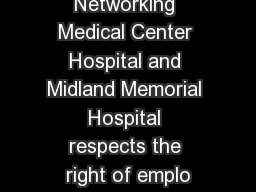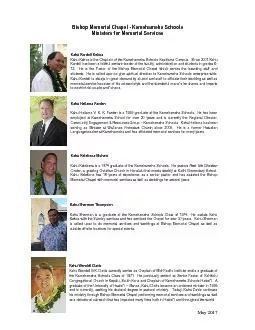PDF-Parkland Memorial Hospital
Author : briana-ranney | Published Date : 2017-02-21
Parkland School of Nurse MidwiferyHistory of Midwifery in the US Download this file in Text Format Midwifery in the United StatesNative Americans had midwives within
Presentation Embed Code
Download Presentation
Download Presentation The PPT/PDF document "Parkland Memorial Hospital" is the property of its rightful owner. Permission is granted to download and print the materials on this website for personal, non-commercial use only, and to display it on your personal computer provided you do not modify the materials and that you retain all copyright notices contained in the materials. By downloading content from our website, you accept the terms of this agreement.
Parkland Memorial Hospital: Transcript
Download Rules Of Document
"Parkland Memorial Hospital"The content belongs to its owner. You may download and print it for personal use, without modification, and keep all copyright notices. By downloading, you agree to these terms.
Related Documents

